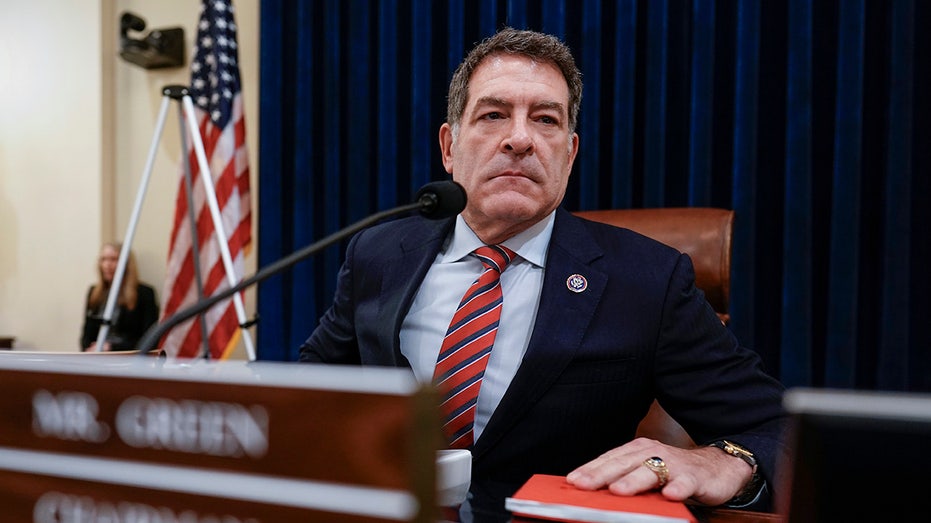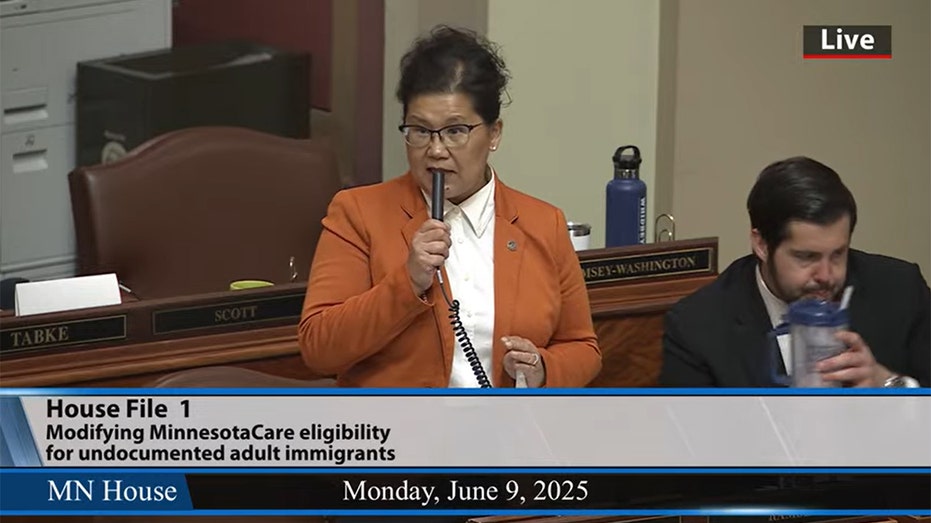Breaking News: Key Opportunities Discussed During China-U.S. Leaders' Phone Call to Advance Diplomatic and Economic Relations
China's proactive cooperation clashes with a firm stance against resistance as the US faces crucial choices under Trump’s leadership.

On June 5, the global stage witnessed a significant diplomatic engagement as Chinese President Xi Jinping and US President Donald Trump conducted a telephone conversation, marking their second such exchange in 2025. The dialogue lasted for 90 minutes and, according to reports, was held in a cordial and constructive atmosphere. Both leaders focused on critical areas shaping the future of China-US relations, including economic cooperation, student exchanges, and prospects for reducing trade tensions. Notably, President Xi extended an invitation for President Trump to visit China, signaling ongoing efforts to maintain high-level communication between the two countries.
The call is widely seen as a stabilizing signal for the bilateral relationship. Despite ongoing disputes and friction over trade and strategic interests, the willingness of both leaders to engage in direct discussion underscores their shared recognition of the importance of continued dialogue. Neither side escalated the trade frictions into a broader confrontation, instead acknowledging tariffs as a component of competitive economic policy rather than instruments of outright conflict. This approach, observers note, helps to preserve the overall stability not only of China-US relations but also of the international system at large.
Of particular significance was the emphasis on economic and trade negotiations. Both presidents agreed that their respective negotiating teams would soon resume discussions, building on the momentum established during their recent meeting in Geneva. President Trump highlighted that the conversation centered "almost entirely on TRADE," promising an imminent new round of talks. These developments inject a degree of much-needed certainty and optimism into the global economic outlook, which has suffered from the consequences of ongoing tariffs and mutual restrictions.
At the same time, the phone conversation revealed both leaders' awareness of the profound opportunities and lingering challenges ahead. By agreeing on the necessity for continued face-to-face negotiations and underlining their openness to cooperation, Xi and Trump sent a message that there remains considerable room for negotiation—offering hope to those seeking reform of global governance and a smooth transition in international order.
However, questions persist about whether such calls can bring about a fundamental improvement in relations. There remain entrenched misconceptions within segments of the American political and intellectual establishment regarding China. For instance, some view the international system as inherently requiring a single hegemonic power—preferably the US—to maintain order, overlooking the sustained peace achieved within decentralized regional blocs such as the EU and ASEAN. Others express concern about the so-called "Thucydides Trap," assuming inevitable conflict between a rising and an established power, yet ignoring the transformed dynamics brought about by modern industrialization and digitalization.
Furthermore, many in the US attribute China's rapid development in recent decades to American "charity," such as granting WTO membership or facilitating training in advanced technologies. In doing so, they fail to recognize the central role played by China's own investments in education, research, and relentless innovation. Such misunderstandings, analysts warn, risk undermining the foundation for genuine cooperation and mutual respect.
China's position on bilateral ties has long been consistent and transparent. Since 2013, President Xi has advocated a "new model of major-country relationship" characterized by no conflict, no confrontation, mutual respect, and win-win cooperation. Despite such overtures, positive responses from Washington have often been limited, with successive administrations pursuing policies ranging from restrictions on Belt and Road participation to aggressive tariff regimes and high barriers in technology sectors. The latest round of high tariffs under Trump’s renewed administration in 2025 brought bilateral trade to a virtual halt.
Nonetheless, President Xi emphasized during the latest call the urgency for both sides to "correct the course" in their relationship. China's economic and technological rise continues apace, with advances now evident even in fields traditionally dominated by the US. As emphasized by industry leaders, Chinese researchers are at the forefront of artificial intelligence, reflecting the country’s increasing global influence. However, Xi sought to reassure Washington that China's growth does not inherently threaten US interests, but rather presents opportunities for constructive engagement.
History suggests that great powers rarely decline solely due to external competition; rather, strength is preserved through adaptation and cooperation. Analysts suggest that the US stands to benefit from upholding a stable global system and actively engaging with China, rather than resorting to exclusionary tactics or adversarial rhetoric. Isolationist approaches, they argue, are unlikely to deliver the envisioned revitalization of American global leadership.
There are tangible areas for collaboration between the two nations—from infrastructure and climate action to breakthroughs in digitalization and artificial intelligence. Even on contentious issues such as trade and market access, mutually beneficial reforms and rule changes could help relieve current stresses on both economies. Ultimately, the path forward depends on the continued commitment to dialogue and practical cooperation signaled during this latest high-level phone call.




